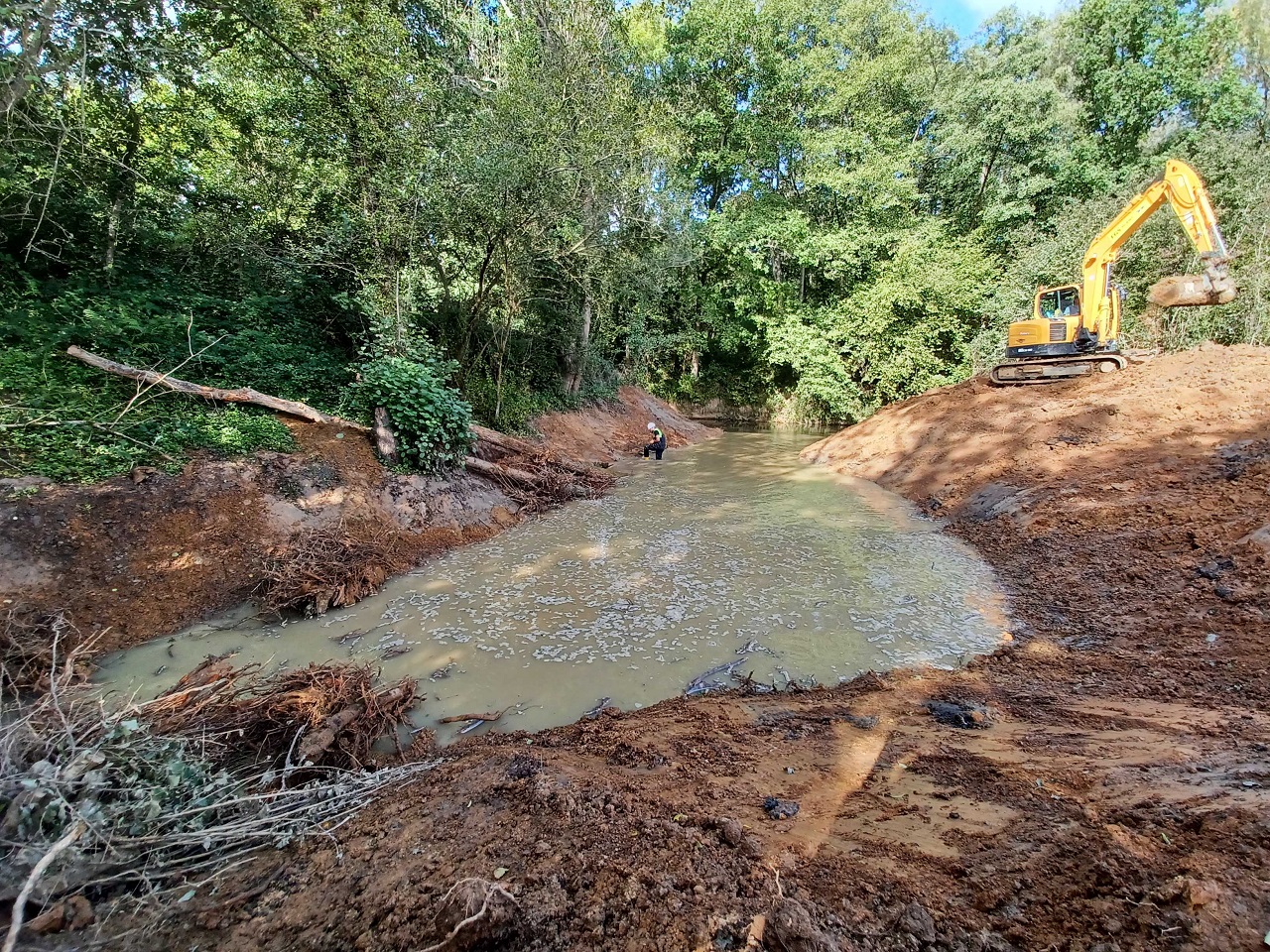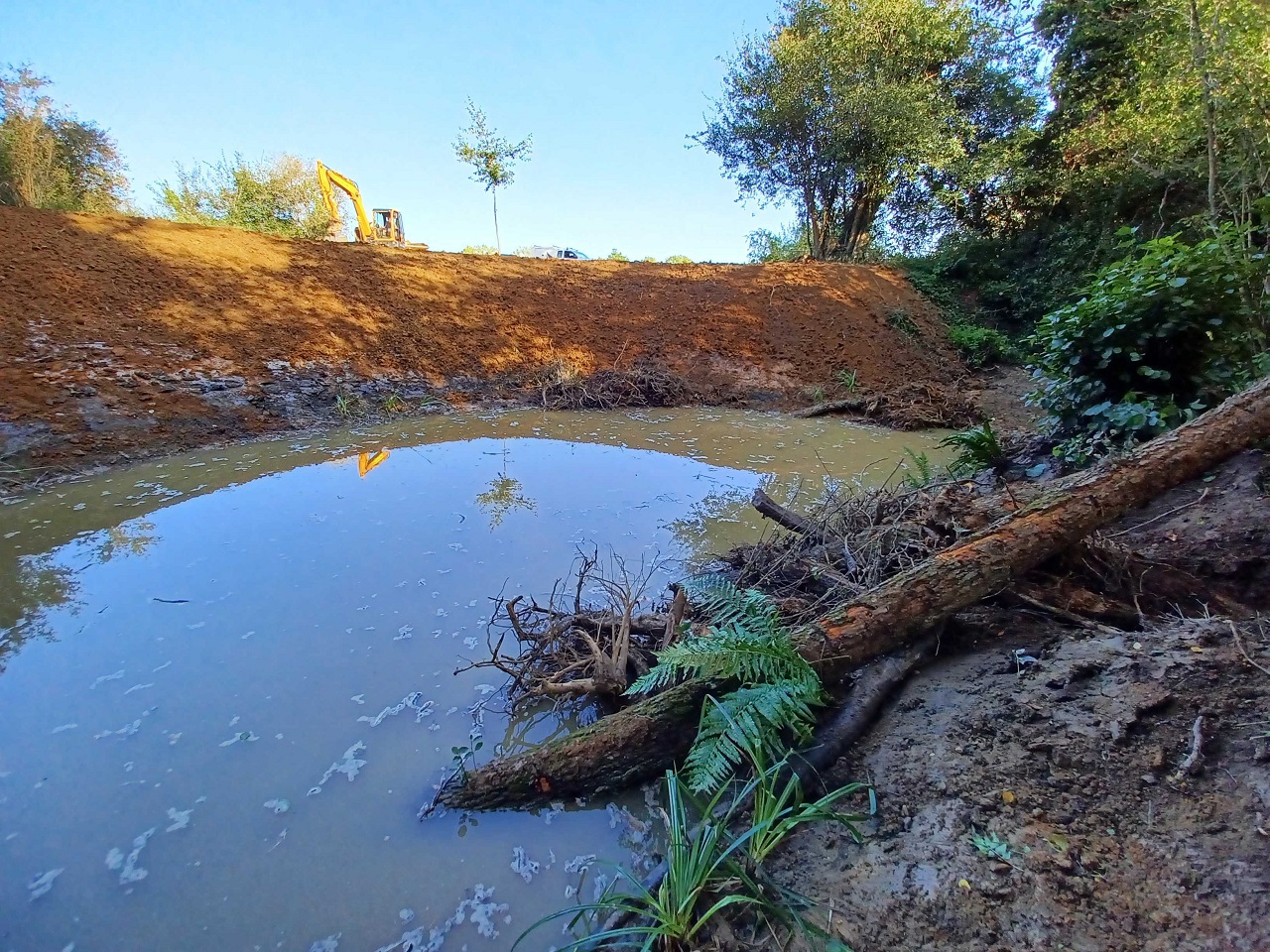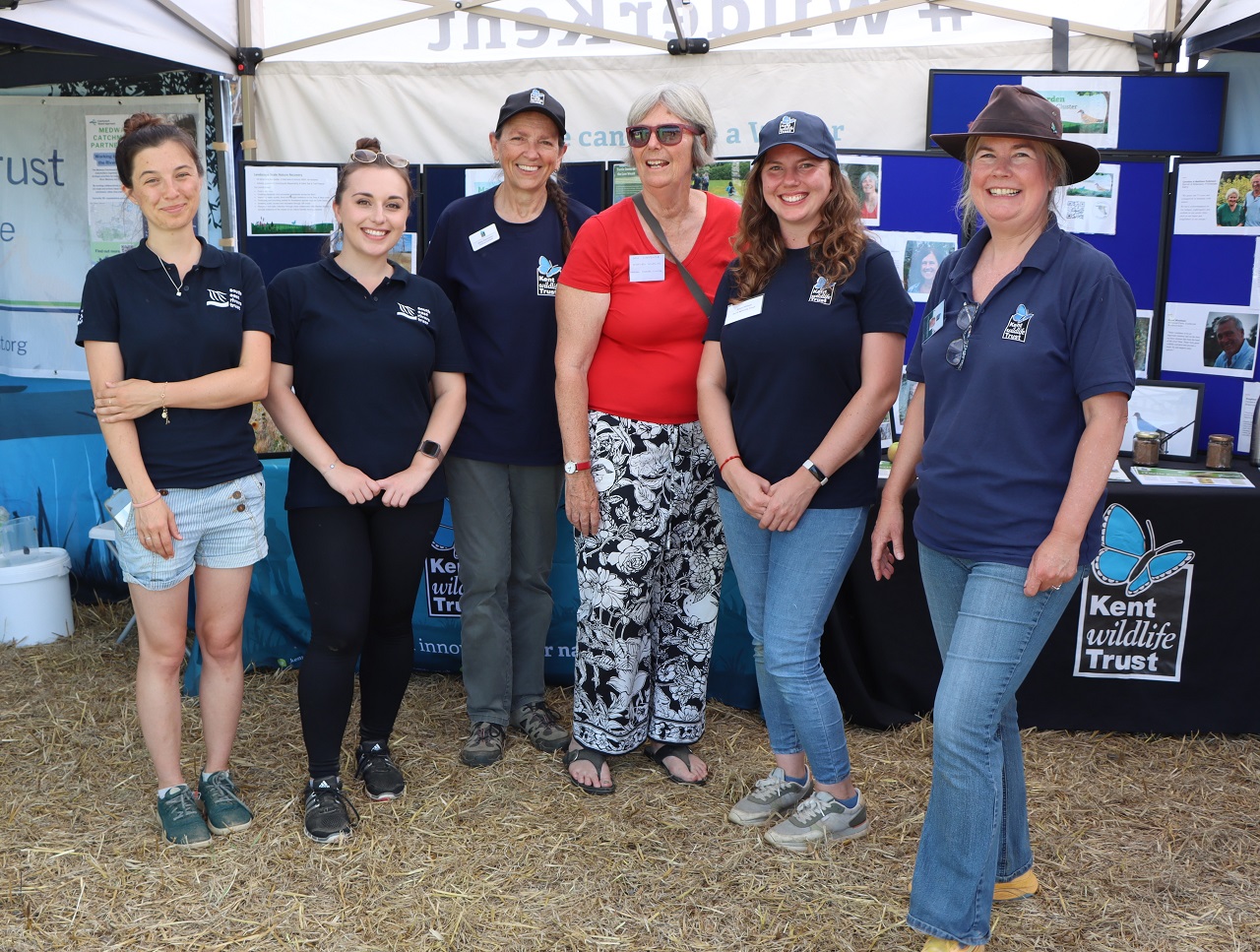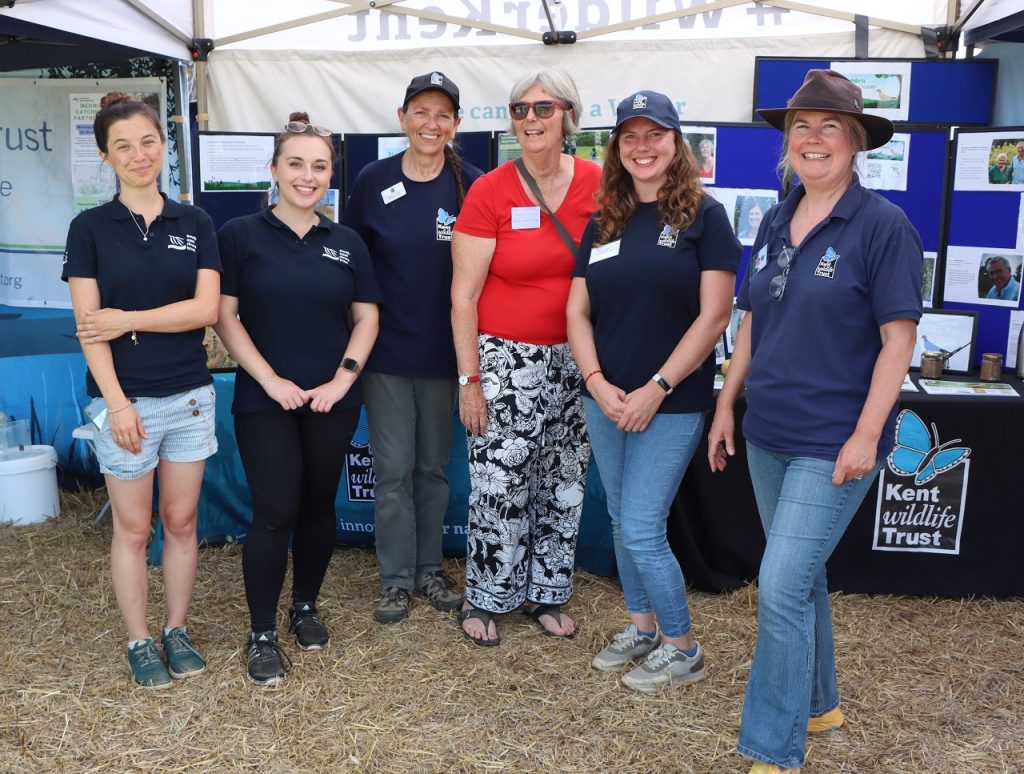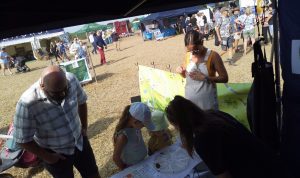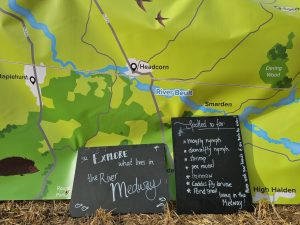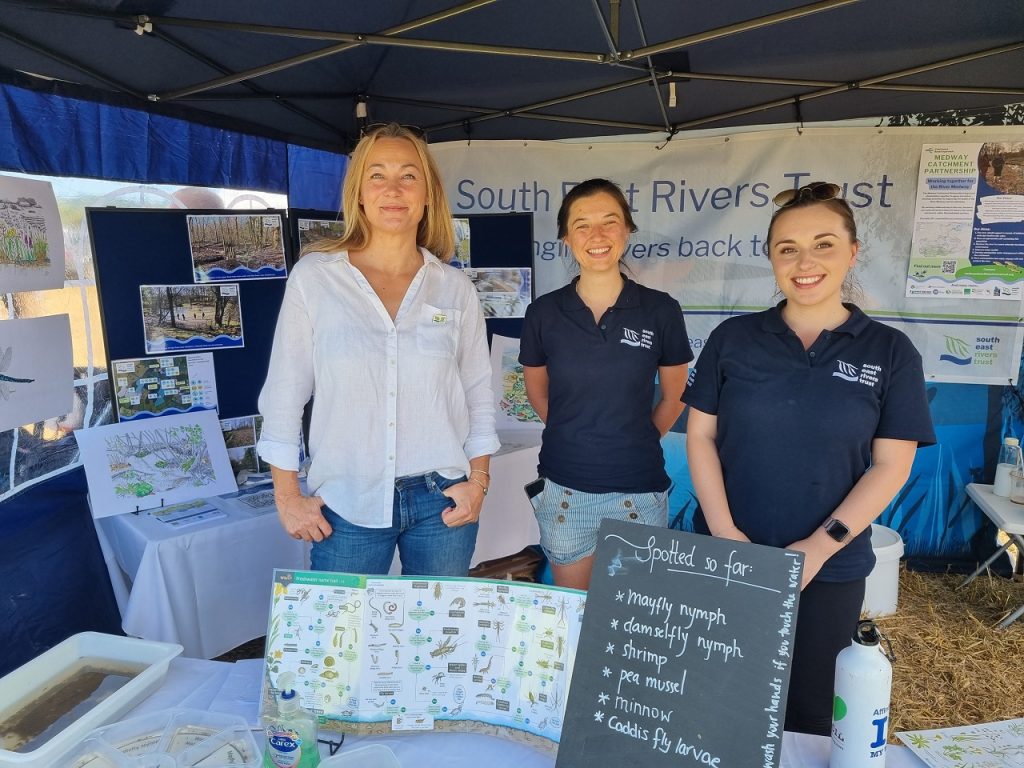Anglers have already reported seeing small fish using a new backwater on the River Teise in Kent just days after it was created by the South East Rivers Trust.
Taking just over a week to construct in September, the backwater has created a refuge for aquatic life taking cover from high flows or pollution incidents emanating from the main river.
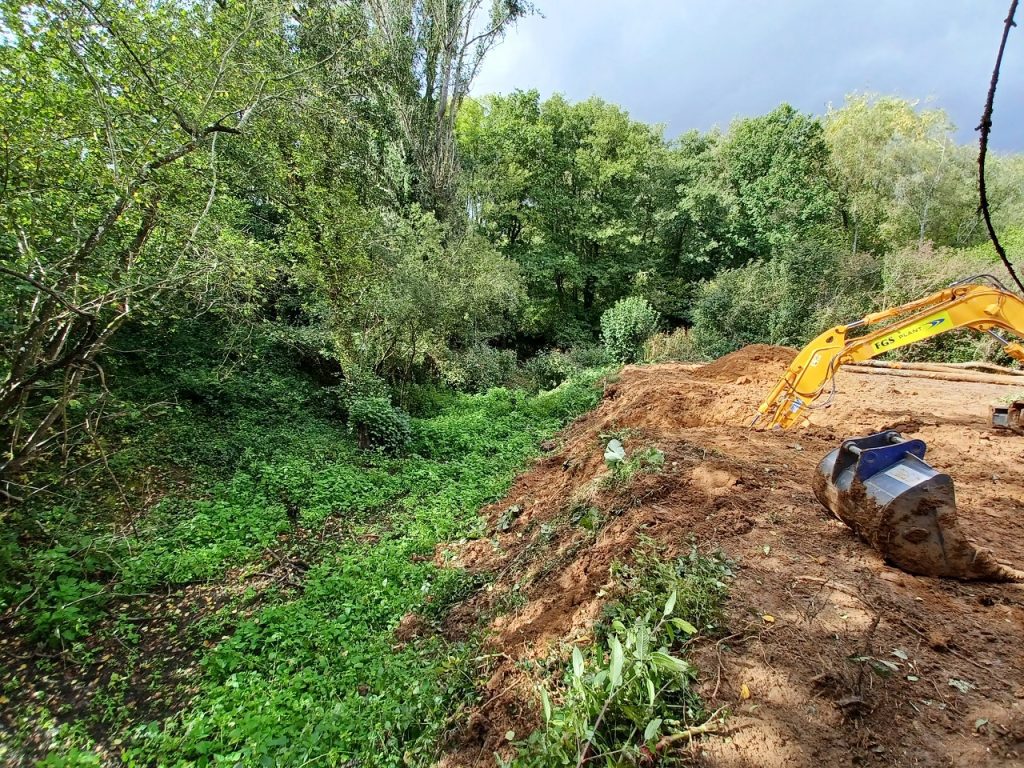
A natural depression in the landscape, which might actually have been the original course of the river, proved the perfect place to construct this new backwater, near Goudhurst.
The depression was dug out to a size of 20×8 metres by our contractors FGS Pilcher. They used two diggers and four dumpers to create the full depth of the wetland.
The deepest section was created where it would be fed by the river and then a slope was built to the far end. This will prevent fish becoming trapped and ensure that the backwater will always hold water, even during low flow conditions.
It is always a bonus when materials can be reused. We placed root plates and large pieces of timber within the backwater to provide additional habitat. The complex root plates provide great cover for juvenile fish, while the large pieces of timber may be used by amphibians accessing or exiting the backwater, or as a perch for birds.
We also have plans for other large pieces of timber generated during the construction works. We will be returning to the site to introduce some of these big bits of wood into the river, to help increase habitat diversity within the Teise itself.
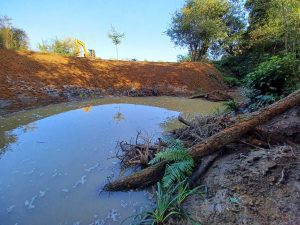
We have recently planted some of the backwater edges with ferns and other flora sourced from the riverbank nearby. These have been supplemented with a natural pond/wetland seed mix to attract insects and birds when they grow next spring. These will help the backwater become a haven for dragonflies and damselflies.
The work, supported by the Environment Agency, is part of our mission in the Teise Habitat Improvement project to improve this sub-catchment of the River Medway.
In recent years we have removed four concrete weirs to allow fish to reach different habitats and added woody materials such as deflectors to improve river habitat.
We have also worked closely with the Teise Angling and Conversation Society to improve the course of a heavily modified and dredged river and improve the habitats for brown trout, rainbow trout and grayling which frequent the watercourse.
